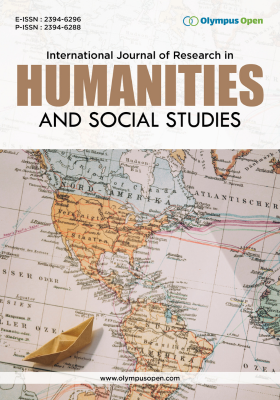Constitutional Dimensions of Human Needs: a Comparative Analysis of Maslow’s Hierarchy and the Panchakosha Model
DOI:
https://doi.org/10.62557/2394-6296.120103Keywords:
Maslow’s Hierarchy, Panchakosha Model, Indian Constitution, Human Development, Interdisciplinary AnalysisAbstract
This paper offers an interdisciplinary analysis that bridges modern psychological theory and ancient Indian philosophy by mapping Maslow’s Hierarchy of Needs and the Panchakosha model onto India’s constitutional framework. Maslow’s model describes human motivation as a progression from basic physiological needs to self-actualization, while the Panchakosha model articulates existence through five layers—from the physical (Annamaya) to the sublime (Anandamaya). By systematically correlating these paradigms with an expanded array of constitutional provisions—including Fundamental Rights (Articles 14, 15, 17, 19, 21, 32), Directive Principles (Articles 39, 41, 47), and Fundamental Duties (Articles 51A)—this study demonstrates that the Indian Constitution is not merely a legal instrument but a dynamic blueprint that fosters holistic human development. The detailed mapping reveals how constitutional guarantees address both material and transcendent dimensions of human existence. These insights not only enrich our understanding of constitutional intent but also provide a fertile ground for future empirical and interdisciplinary research in law, psychology, and Indian philosophy.
Downloads
Downloads
Published
Issue
Section
License
Copyright (c) 2025 Author(s)

This work is licensed under a Creative Commons Attribution-NonCommercial 4.0 International License.

